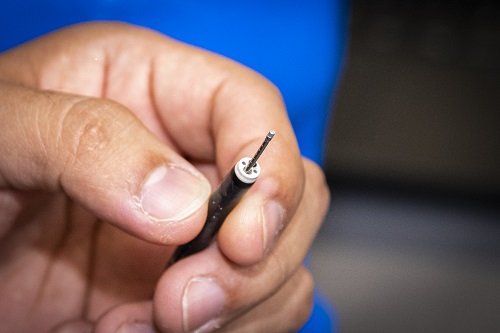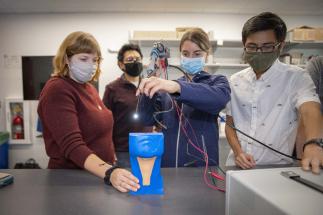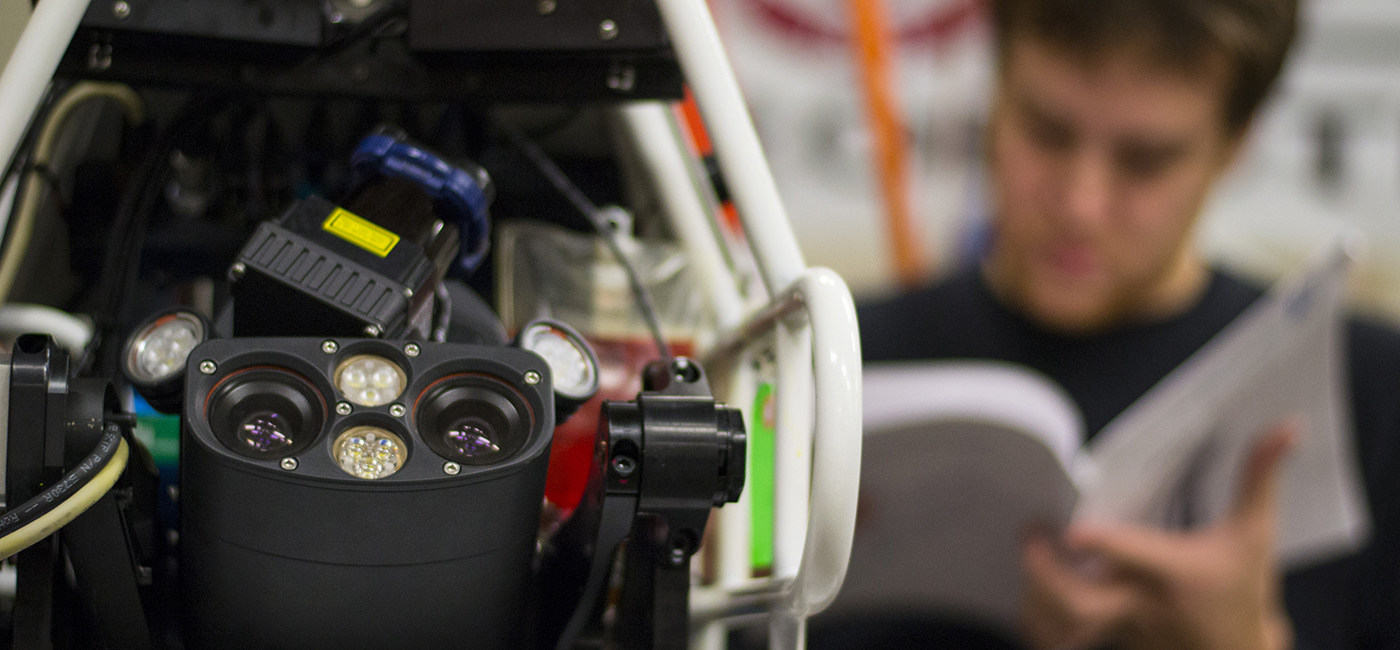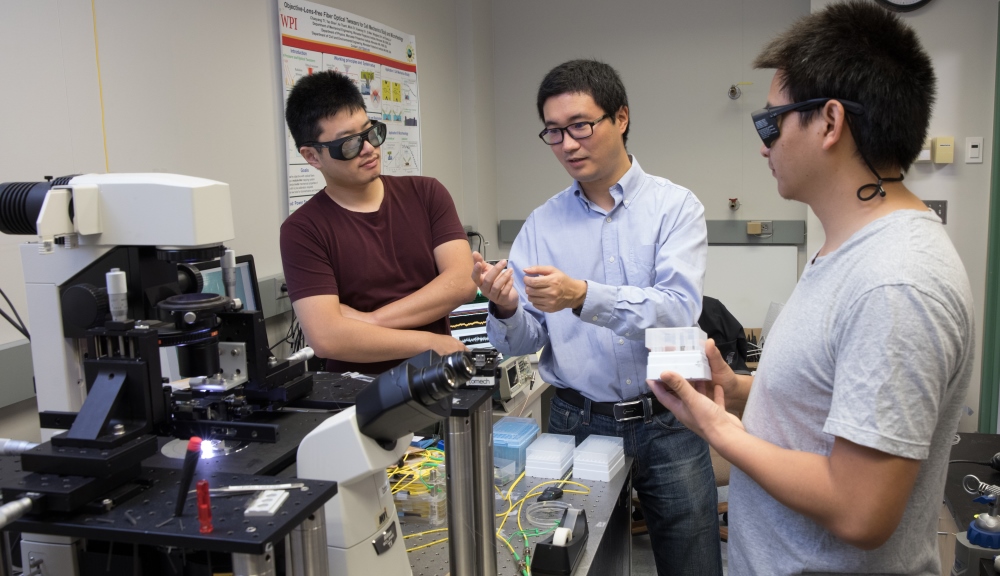Worcester Polytechnic Institute (WPI) researcher Loris Fichera has developed a flexible, slimmed-down robotic laser probe for endoscopic larynx surgeries that could reduce recovery time for patients and cut health care spending by shifting procedures from hospitals to doctors’ offices.
The prototype probe’s thin optical fibers and bendable design allow it to reach small folds of tissue that existing rigid instruments cannot reach, which could expand the number of patients whose larynx pain and conditions could be treated with minimally invasive procedures rather than general surgery, said Fichera, an assistant professor in the Department of Robotics Engineering. Fichera is developing the new laser probe under a $438,939 two-year National Institutes of Health grant.

“Viruses, injuries, and overuse can damage vocal folds in the larynx, leading to benign nodules or lesions,” Fichera said. “These growths can be removed in the clinic with lasers that are guided into the throat, but surgeons need thinner, more flexible tools so they can perform more of these procedures in their offices and keep patients out of the hospital.”
Fichera’s robotic laser probe is a hollow tube that measures 1 millimeter in diameter and is made from an alloy of nickel and titanium. Laser-cut notches in the tube allow it to bend. Running through the tube are thin optical fibers and a pull wire to steer the device. The robotic probe can be integrated with existing medical endoscopic systems, providing images to the surgeon operating the device.




